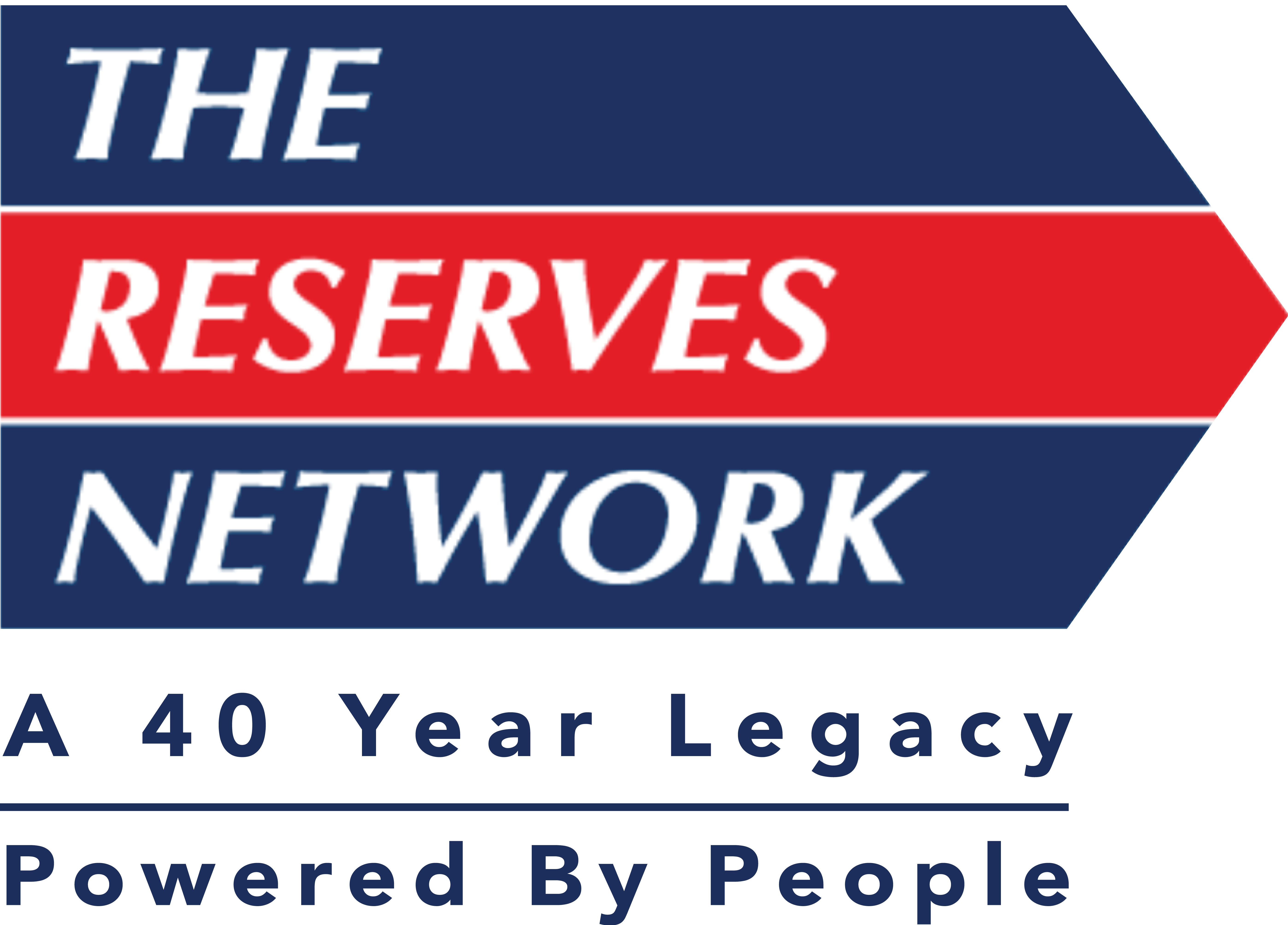How Can this Fun Event from Kindergarten Improve Your Communication at Work?
Thinking back to kindergarten, you may recall one of your favorite activities – Show and Tell. Sure, it was probably scary for your five-year-old self to stand up in front of your class, but it was worth overcoming your nerves to share something important to you.
Apply this same tactic when you are communicating with your employees when you start the training process:
- Briefly explain what you will be reviewing.
- Allow them to watch you perform the task.
- Give them the opportunity to try the task themselves.
This is a more effective method than presenting without any hands-on time. An employee may not be aware of what questions to ask until they try the task themselves.
Circle back.
Any training should be revisited at a later date so employees can ask any additional questions that might arise once they have had a chance to add the tasks into their daily workflow.
Take it to the next level.
Once the employee has gained a level of proficiency, they will be ready for additional training. Repeat the show/tell process every step along the way.
Pass it along.
An essential part of professional development is building leadership skills. Training is a big part of that. Allow employees to train others to increase their confidence and get a feel for what it’s like to lead others.
Measure your results.
Not sure if your show and tell training methodology is working? Set metrics to track, like how quickly or accurately an employee is able to accomplish a task.
Keep it simple.
Break down communication into understandable language so employees are crystal clear on the message.
Give examples.
When you show employees what you expect and give them a hands-on opportunity to try the task, you’ll increase their competency and confidence.
Why is this process effective?
This approach is known as social learning theory which states that there are four requirements for learning
- Observation/attention: the learner must have an opportunity to observe.
- Retention: the event must be memorable
- Reproduction: the trainee must be able to repeat the task.
- Motivation: employees should want to try it on their own.
Looking to Add Talented Staff? Contact The Reserves Network!
At The Reserves Network, we help our clients by offering exceptional recruiting, training and human resource support services. Contact us for direct hire, temporary and temp-to-hire staffing solutions.


